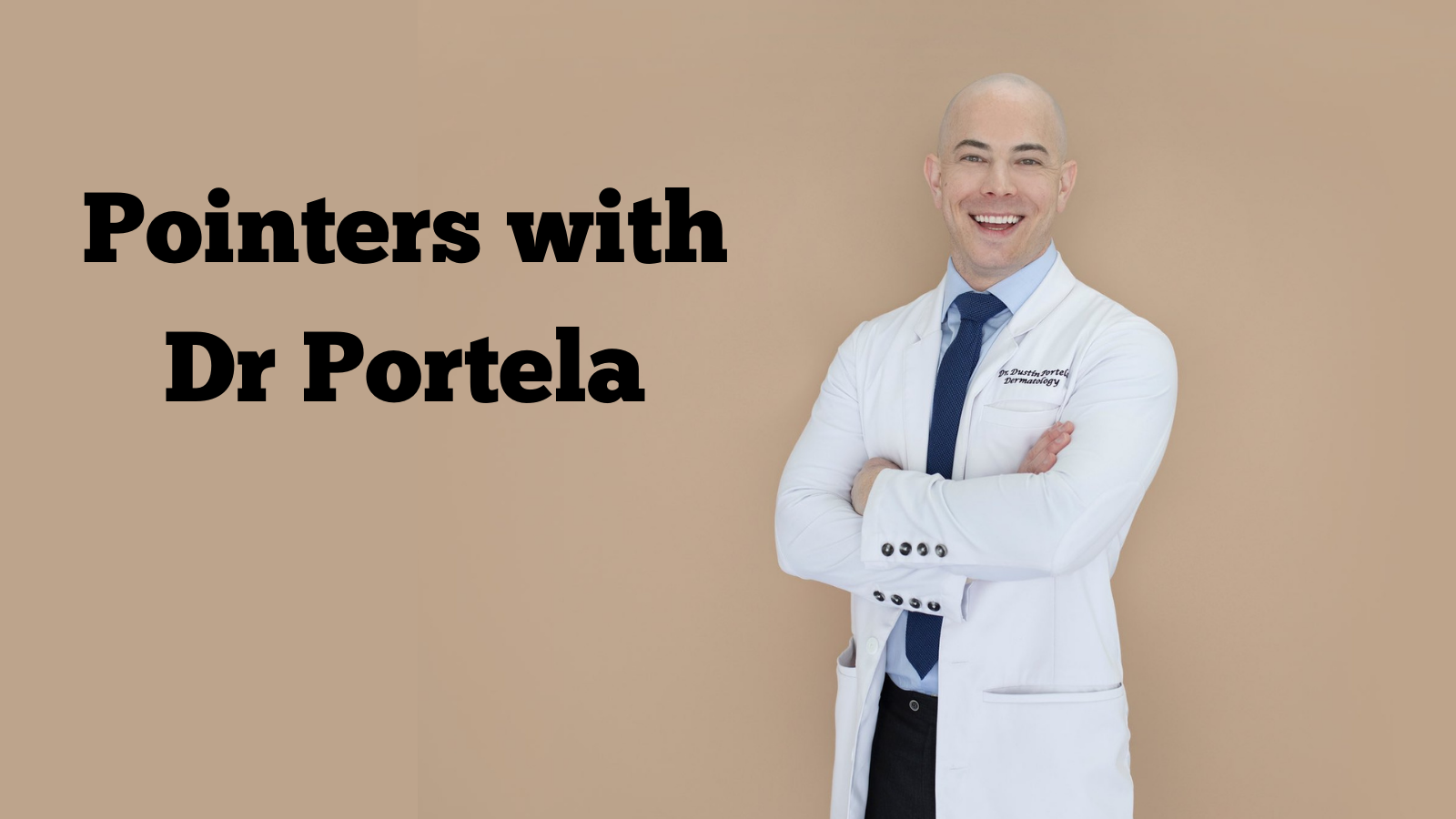- Acne
- Actinic Keratosis
- Aesthetics
- Alopecia
- Atopic Dermatitis
- Buy-and-Bill
- COVID-19
- Case-Based Roundtable
- Chronic Hand Eczema
- Chronic Spontaneous Urticaria
- Drug Watch
- Eczema
- General Dermatology
- Hidradenitis Suppurativa
- Melasma
- NP and PA
- Pediatric Dermatology
- Pigmentary Disorders
- Practice Management
- Precision Medicine and Biologics
- Prurigo Nodularis
- Psoriasis
- Psoriatic Arthritis
- Rare Disease
- Rosacea
- Skin Cancer
- Vitiligo
- Wound Care
News
Article
Providing Patients With Multidisciplinary, Preventative Care in the Management of Albinism
Author(s):
Today, June 13, is the 10th annual International Albinism Awareness Day.
June 13 is recognized annually as International Albinism Awareness Day (IAAD). Since 2014 when the United Nations' General Assembly first signed a resolution establishing the commemorative day, IAAD has served as a source of awareness, advocacy, and empowerment for patients with albinism.1
Albinism typically refers to oculocutaneous albinism (OCA), or a series of 8 main types of the inherited disorders. Individuals typically present with OCA1 (the most severe type), OCA2 (the most common type), OCA3, and OCA7. Other types include OCA4, OCA5, and OCA8, and some types may be divided into subtypes.2
Though albinism impacts pigmentation of the skin, as well as the nails and eyes, dermatologists cannot "treat" patients with albinism. There is no way to treat or prevent the lack of skin pigmentation.3
However, it is crucial that dermatology clinicians engage in preventative and multidisciplinary care.
The care team for an individual with vitiligo typically includes a primary care provider, an ophthalmologist for eye issues, and a dermatologist for skin concerns. A genetic specialist may help determine the specific type of albinism, which can guide care and identify potential complications.3
Treatment generally involves regular eye exams by an ophthalmologist, usually requiring prescription lenses, and possibly surgery for eye muscle issues or strabismus. Skin care includes annual exams to monitor for skin cancer, particularly melanoma.3
Clinicians should provide patients with practical guidance on managing low vision and protecting their skin and eyes from sun damage. For patients with low vision, recommending the use of various aids can significantly enhance their quality of life. Hand-held magnifiers, telescopes, or magnifiers that attach to glasses can make daily tasks easier.3
Emphasize the importance of sun protection to your patients with albinism, even more than is typical with otherwise healthy individuals. Advise them to use sunscreen with a sun protection factor of at least 30, ensuring it offers broad-spectrum protection against both UVA and UVB rays. Alongside sunscreen, patients should be cautioned against prolonged sun exposure, particularly during peak UV radiation times, such as midday, and in high-risk environments like high altitudes or areas near water.3
Encouraging patients to wear protective clothing is another essential aspect of sun safety. Recommend garments that cover the skin, such as long-sleeved shirts, long pants, socks, and broad-brimmed hats. Clothes with built-in UV protection can offer additional security against harmful rays.3
Lastly, stress the importance of eye protection by suggesting dark, UV-blocking sunglasses or photochromic lenses, which adjust to varying light conditions, to shield their eyes from potential sun damage.3
“Health care professionals, such as dermatologists, are trained to recognize and understand the components that can create internal and external conflicts. We are able to connect and provide resources to better aid in one’s health care journey,” according to Albert Zhou, MD, PhD, resident physician, PGY-1, Department of Medicine, Mercy Medical Center, University of Maryland School of Medicine, Baltimore.4
By sharing these comprehensive measures, clinicians can help their patients adopt effective strategies to safeguard their vision and overall health.
Do you have patients with albinism? What steps do you take to ensure your patients receive preventative and multidisciplinary care? Share your experiences and/or patient cases with us by emailing our team at DTEditor@mmhgroup.com.
References
- National Organization for Albinism and Hypopigmentation. International Albinism Awareness Day. Accessed June 12, 2024. https://albinism.org/iaad/
- Grønskov K, Ek J, Brondum-Nielsen K. Oculocutaneous albinism. Orphanet J Rare Dis. 2007;2:43. November 2, 2007. doi:10.1186/1750-1172-2-43
- Albinism: Diagnosis and treatment. Mayo Clinic. Accessed June 12, 2024. https://www.mayoclinic.org/diseases-conditions/albinism/diagnosis-treatment/drc-20369189
- Ma EZ, Zhou AE, Hoegler KM, Khachemoune A. Oculocutaneous albinism: epidemiology, genetics, skin manifestation, and psychosocial issues. Arch Dermatol Res. 2023;315(2):107-116. doi:10.1007/s00403-022-02335-1
Newsletter
Like what you’re reading? Subscribe to Dermatology Times for weekly updates on therapies, innovations, and real-world practice tips.











